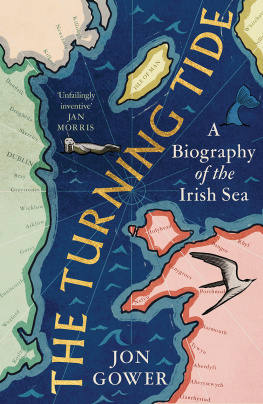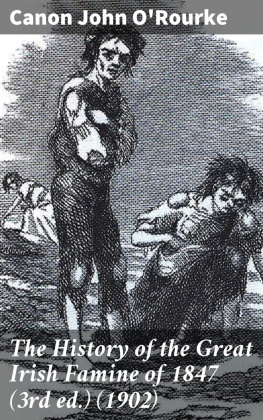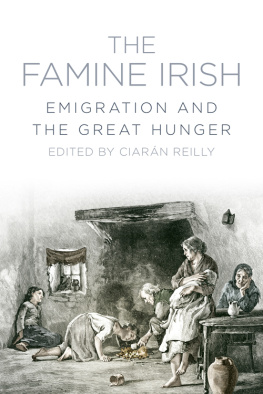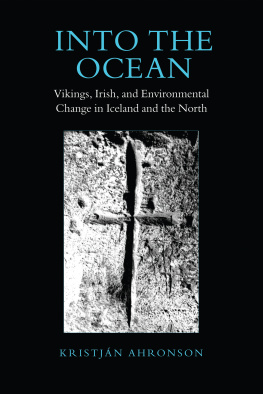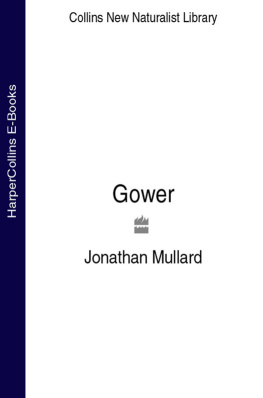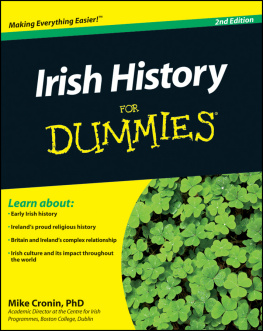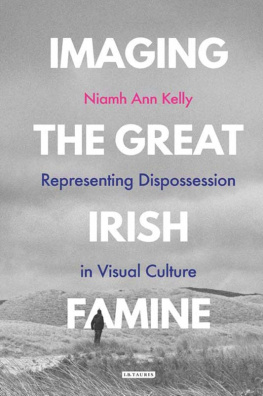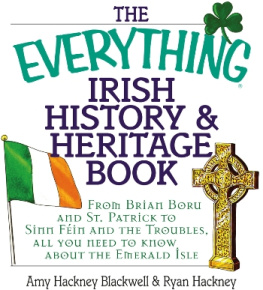HarperNorth
Windmill Green,
Mount Street,
Manchester, M2 3NX
A division of
HarperCollinsPublishers
1 London Bridge Street
London SE1 9GF
www.harpercollins.co.uk
HarperCollinsPublishers
Macken House, 39/40 Mayor Street Upper
Dublin 1, D01 C9W8
First published by HarperNorth in 2023
FIRST EDITION
Copyright Jon Gower 2023
Cover design by Holly Ovenden HarperCollinsPublishers Ltd 2023
Jon Gower asserts the moral right to be identified as the author of this work
A catalogue record of this book is available from the British Library
All rights reserved under International and Pan-American Copyright Conventions. By payment of the required fees, you have been granted the nonexclusive, non-transferable right to access and read the text of this e-book on screen. No part of this text may be reproduced, transmitted, downloaded, decompiled, reverse engineered, or stored in or introduced into any information storage retrieval system, in any form or by any means, whether electronic or mechanical, now known or hereinafter invented, without the express written permission of HarperCollins e-books.
Find out about HarperCollins and the environment at
www.harpercollins.co.uk/green
Source ISBN: 9780008532635
Ebook Edition February 2023 ISBN: 9780008532642
Version: 2023-01-14

This ebook contains the following accessibility features which, if supported by your device, can be accessed via your ereader/accessibility settings:
- Change of font size and line height
- Change of background and font colours
- Change of font
- Change justification
- Text to speech
- Page numbers taken from the following print edition: ISBN 9780008532635
To Claire, Paul and Olan
He unloaded the lobster from the pot and put it in a tub, and then took out the spider crabs, their conkery shells crusted with acorn barnacles. He wondered whether the spider crabs being early was from some disturbance, perhaps flushed by the scallop dredgers out at sea, or some sign of unusual warming water. Ah, thought Hold. There just arent any rules. Just the rule that says the sea will keep surprising you.
Cynan Jones, Everything I Found on the Beach
Knowing precisely where you are stops you being all at sea, so lets take our bearings together. As you hold a book open the two sides are not dissimilar to a ships hold, carrying a cargo of information, maybe a little ballast but certainly a weight of stories. The spine of the book is perhaps the keel, gently cradled in your palms, as if in dry dock. And, staying with the conceit, reading a book is very often a journey, although this one is far from a straight line. For the sea is unpredictable, diverting and bounteous in its gifts and signals. We will thither and hither, sometimes loop back, sometimes make the same passage from port to port two or even three times, or veer around sharp rocks, or lose sight of the lighthouse. But we will get there. I know where were going. If the weather allows and the tides prevail.
***
The Turning Tide concentrates on a section of the Irish Sea covered by the Imray C61 nautical chart, which unfolds to the width of my arms. It spans an area known as St Georges Channel, found roughly between a line drawn from Dublin to Holyhead and another from Wexford to Fishguard, but also covering Waterford, the busy shipping lanes of Milford Haven and the former shipyards of Pembroke Dock. The sea always connects, so exploring its history takes us to the shipyards of Belfast and saintly outposts on the Scottish coast, or even further out into the Atlantic. But in the main I stick to the C61, else Id be writing a marine encyclopaedia.
When this landlubber started composing the book, I bought a copy of chart C61 and set it under the glass of my writing table. I was now not just writing about this stretch of sea but writing on it. Soon the quince tree outside, often busy with house sparrows, was replaced by an imagined horizon, an expanse of sea and the facing coasts of Wales and Ireland on either side stretching towards the neighbours wall.
The sea, flowing as tides and currents, is never static, has no cut-off points and boundaries, so there is a connectedness to it all. The tide ebbs and flows as the earth turns on its axis, as the gravity tug of the moon interacts with the centrifugal force of the planet. Twice a day the sea claims parts of the land or yields to it. In the case of the Irish Sea, the moons pull causes water to flow from the west around the island of Ireland and, in quotidian rhythm, from both the north and the south. This leads to some tidal oddities, such as the fact that a place like Courtown, County Wexford has not two daily tides but four weak ones. The lugworm in the sands must like it. In the south Irish sea the tidal flows are strong, as are the ebbs, while in the north-eastern portion they are slower, leading to large accumulations of mud and silt, such as those favoured by Dublin Bay prawns or langoustines, by feeding geese and wading birds galore.
This ceaseless movement of the tides is one of the more dependable changes of the sea, but this book logs some that are much less predictable, such as storms which can lead to shipwrecks or at least to seasickness. Tempests can also combine with the tides to heighten the impact of storm surges on the coasts, as happens increasingly as a consequence of the climate emergency.
When the weathers calmer tending towards millpond stillness, even the sea is a conduit, allowing craft to sail, linking one port to another, enabling historical and cultural connections which often go way, way back. The stretch of St Georges Channel unrolled before me connects with the Irish Sea (beyond the quince, near the stone wall with its lush red agrimony) and beyond that the narrowing funnel of the North Channels Straits of Moyle, lying between the Antrim coast and the south-west Highlands of Scotland. Here the Irish Sea empties into the wild Atlantic before filling again, the seas great daily pulse. On the charts south, too, the waters of St Georges Channel named after the patron saint of England, provocatively separating Wales and Ireland mix and churn with those of the Celtic Sea. And beyond that is the great, wide, open ocean, a reminder that we all live on some part of an enormous archipelago: lets call it the human domain.
The research for the book was supported by Ports, Past & Present, a project funded by the European Regional Development Fund to explore the heritage of five ports around St Georges Channel, with the aim of developing cultural and other kinds of tourism. As a lifelong naturalist it struck me that the five chosen ports Dublin, Holyhead, Pembroke Dock, Fishguard and Rosslare are all very close to superb wildlife sites, so I decided to visit them in turn, using public transport and, where possible, my bike. This took me to the screeching tern colonies of Our Ladys Island in South Wexford and to the bustling seabird cities of South Stack on Anglesey, and to appreciate the abundant natural glories of some of the Irish and Welsh islands. My nature itinerary also included the rarest goose in Europe, the Greenland white-fronted goose, which visits the Wexford Slobs in winter, at the same time as the brent goose starts to feed in urban parks and playing fields in Dublin, as its natural food sources, such as eelgrass in the waters of Dublin Bay, have declined.

